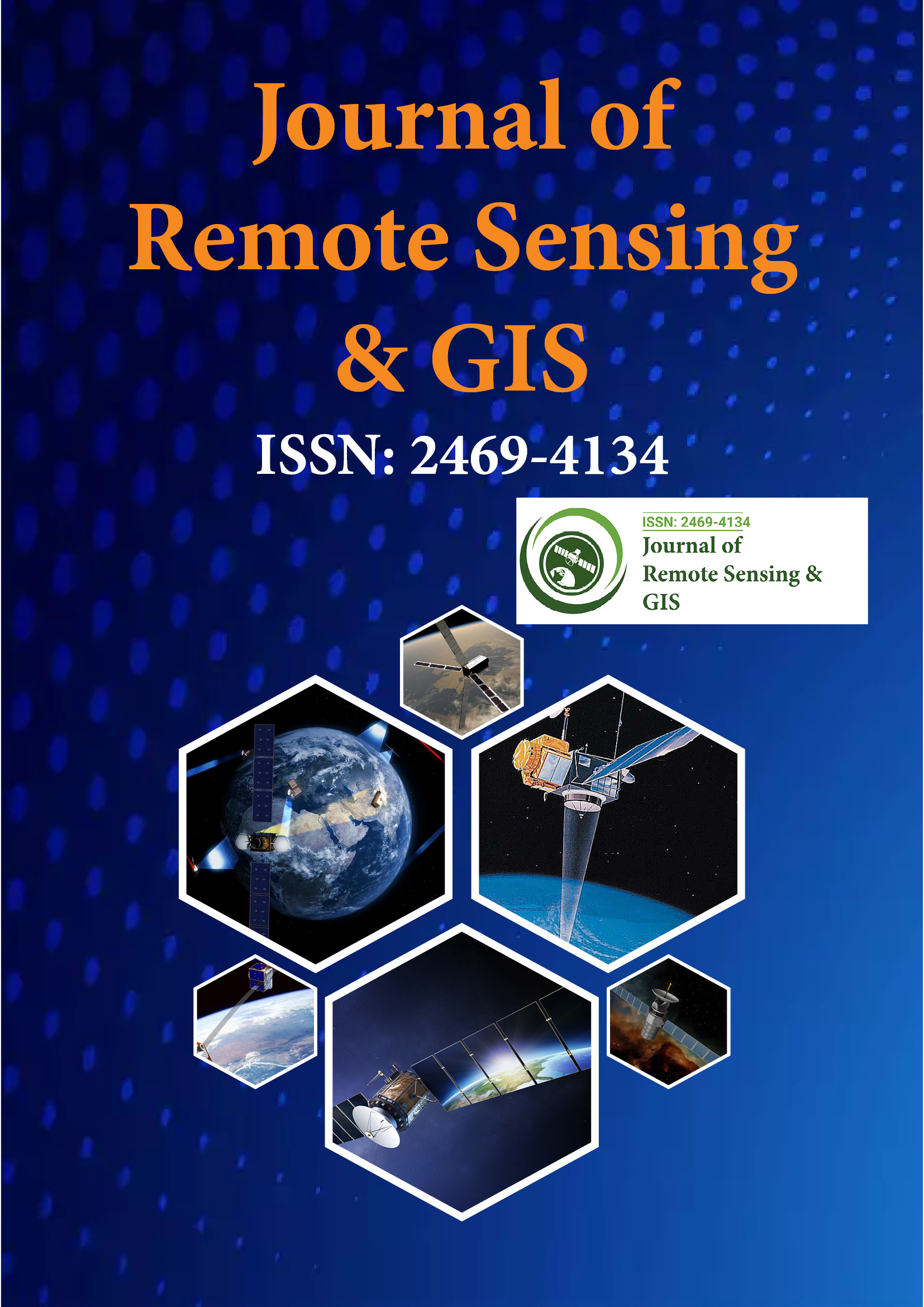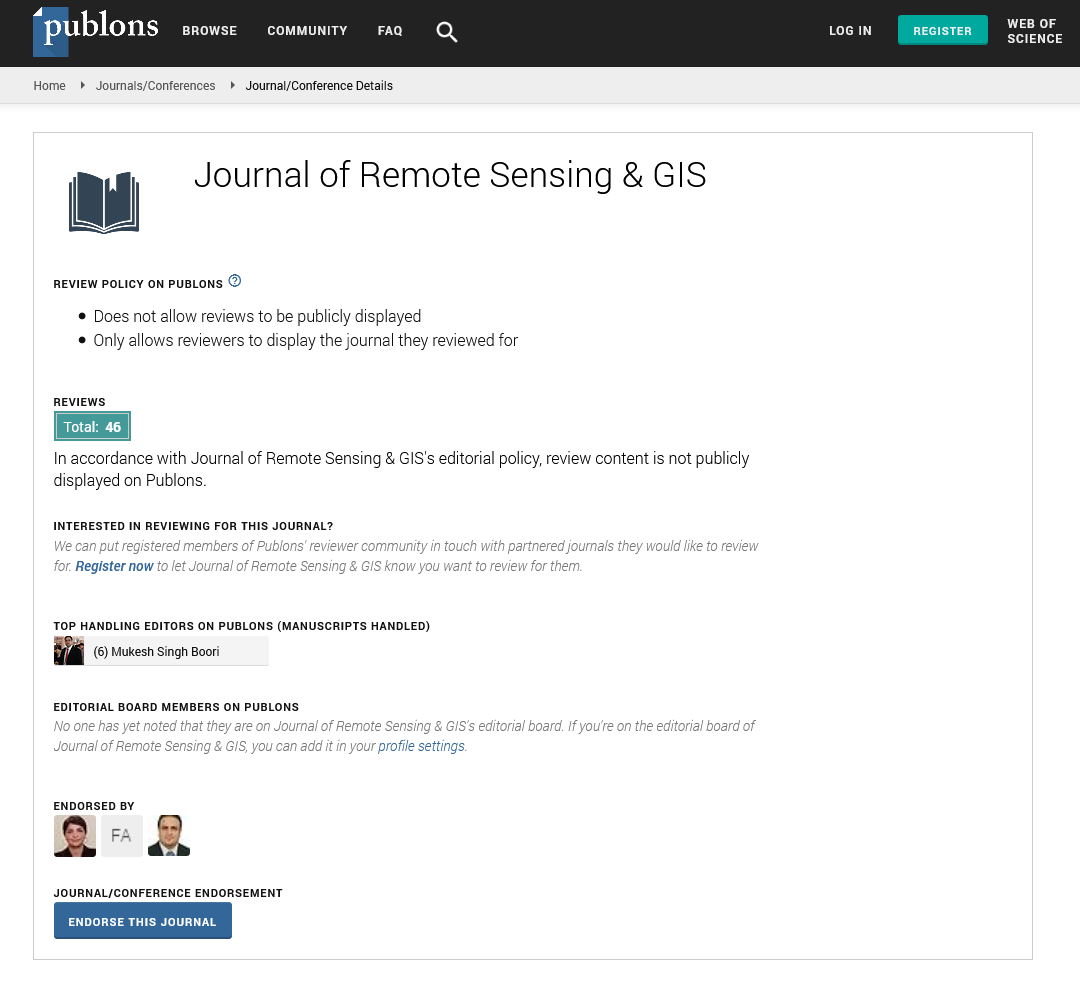Indexed In
- Open J Gate
- RefSeek
- Hamdard University
- EBSCO A-Z
- OCLC- WorldCat
- Publons
- International Scientific Indexing
- Euro Pub
- Google Scholar
Useful Links
Share This Page
Journal Flyer

Open Access Journals
- Agri and Aquaculture
- Biochemistry
- Bioinformatics & Systems Biology
- Business & Management
- Chemistry
- Clinical Sciences
- Engineering
- Food & Nutrition
- General Science
- Genetics & Molecular Biology
- Immunology & Microbiology
- Medical Sciences
- Neuroscience & Psychology
- Nursing & Health Care
- Pharmaceutical Sciences
Research and practice on spatiotemporal big data cloud platform of the belt and road
2nd International Conference on GIS and Remote Sensing
October 02-03, 2017 Vienna, Austria
Zhaoting Ma, Chengming Li, Zheng Wu and Pengda Wu
Chinese Academy of Surveying and Mapping, China
Posters & Accepted Abstracts: J Remote Sensing & GIS
Abstract:
Statement of the Problem: Spatiotemporal big data cloud platform is an important spatial information infrastructure that can provide different period spatial information data services, various spatial analysis services and flexible API services. Activities of policy coordination, facilities connectivity and unimpeded trade on the Belt and Road (B&R) will create huge demands to the spatial information infrastructure. There has not been an authoritative spatiotemporal big data cloud platform in the B&R area yet since the shortage of large-scaled geospatial data or service-typed geographic information system in those countries. This paper focuses on researching an extendable cloud platform framework suits for the B&R spatiotemporal big data and some key technologies to implement it. Methodology & Theoretical Orientation: A distributed 4-tier architecture cloud platform framework is put forward according to the spirit of cloud service, including IAAS, DAAS, PAAS and end users. To implement it, four key technologies are discussed: 1) an automatically collecting, processing, mapping and updating method of VGI data for web mapping service, 2) a distributed spatiotemporal big data engine based on Cassandra, 3) a schema of services aggregation based on nodes registering and services invoking based on view extension, 4) a distributed deployment and extension method of the cloud platform. Findings: We founded the main node platform portal with MapWorldTM map services and some thematic information services in China and built some local platform portals for those countries in the B&R. The management and analysis services for spatiotemporal big data were built in flexible styles on this platform. Conclusion & Significance: Practices show that the solution is suited for building a distributed big data cloud platform, more node portals can be aggregated to the main portal by publishing their own web services and registering them in the aggregation schema. The platform can support the storage and management of massive data well and has higher fault tolerance and better scalability.

